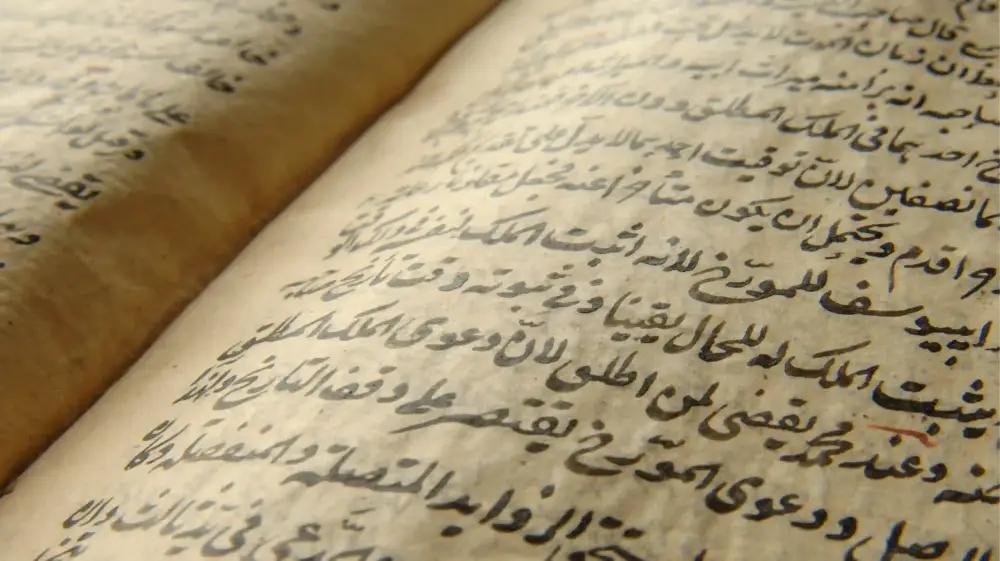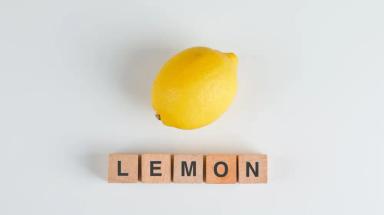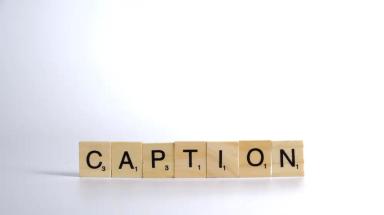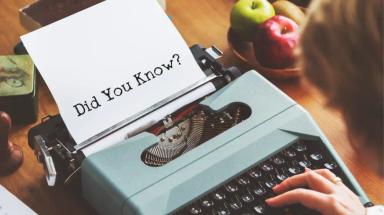Summary
The Arabic language is considered to be one of the most difficult languages to learn. It is hard for so many reasons, and the most important reason is the fact that is very different from other languages. There are many countries that speak the Arabic language and each country has its own Arabic dialect. The Arabic language has millions of words and it is unique in its own way.
How difficult is it to learn Arabic?
The Arabic language is considered to be one of the most difficult languages to learn. There are only a few languages that are harder than the Arabic language such as Japanese. Arabic speakers themselves find it hard to speak or write in Modern Standard Arabic since its grammar is hard and there are many things that should be learned.
It is important to note that Arab countries speak their own Arabic dialects, with Modern Standard Arabic being the only official Arabic version that is written by all Arab countries and that they all understand. It is considered the common Arabic that is understood by nearly all Arabs.
This is one of the factors that make the Arabic language so difficult to learn since it is hardly ever spoken by Arabs themselves. Foreigners always struggle when they try to learn the Arabic language since it isn’t as easy as other languages.
Get our Arabic to English - English to Arabic Translation
Why Arabic is hard?
Arabic is challenging for various reasons, and Arabs, just like foreigners, find it hard for the same reasons. Here are the reasons:
- Unlike other languages, the Arabic language starts from right to left. It also does not include capital letters.
- Arabic grammar is much more complex than the grammar of other languages. Arabic has many grammatical features that aren’t at all similar to other languages. Also, the verbs and adjectives in Arabic follow both the gender and the number of the subject.
- The Arabic alphabet is way harder than other alphabets since it is very different and it doesn’t look like any other alphabet. It is considered to be both beautiful and challenging.
- Letters in Arabic change based on their position in the word. They are written differently at the beginning, the middle, and the end of the word.
- There are letters and pronunciations that can’t be found in other languages, which makes the Arabic language hard to speak.
- There are so many Arabic dialects and each country has its own dialect. Modern Standard Arabic is the official Arabic language that all Arab countries use for official writing purposes. That is what makes it even harder.
Unlocking the Arab World: A Guide to Arabic Localization
Where do people speak Arabic?
The Arabic language is spoken in 25 countries. These 25 countries claim Arabic as an official language or as a co-official language. These countries are Algeria, Bahrain, Comoros, Djibouti, Egypt, Iraq, Jordan, Kuwait, Lebanon, Libya, Mauritania, Morocco, Oman, Palestine, Qatar, Saudi Arabia, Somalia, Sudan, Syria, Tunisia, the United Arab Emirates, and Yemen.
One can always find people who speak Arabic in other countries that include Arab immigrants such as Turkey, France, the United States of America, the United Kingdom, Africa, China, and more.
What are the 3 types of Arabic?
The Arabic language can be divided into 3 types or versions, they are Quranic or Classical Arabic, Colloquial or Daily Arabic, and Modern Standard Arabic. However, more than 25 Arabic dialects are spoken around the world.
Nevertheless, spoken Arabic can be categorized into main dialect groups as follows:
- Egyptian Arabic
- Iraqi Arabic
- Hassaniya Arabic (Mauritania)
- Hejazi Arabic (Western Saudi Arabia)
- Najdi Arabic (Central Saudi Arabia)
- Yemeni Arabic (Southwestern Saudi Arabia and Yemen)
- North African Arabic (Morocco, Tunisia, Libya, and Algeria)
- Levantine Arabic (Lebanon, Jordan, Palestine, and Syria)Gulf Arabic (Bahrain, Kuwait, Oman, the United Arab Emirates, and Qatar)
Lost in Medical Translation? Tips for Translating English to Arabic
Which country speaks the best Arabic?
Arabic is spoken in over 25 countries around the world. However, there are many Arabic dialects, which means that each country has its own way of speaking Arabic
For that reason, one can’t decide which country speaks the best Arabic since it all depends on the preference of the individuals. Obviously, each Arabic country might consider that its Arabic dialect is the best.
It is important to mention that Egypt ranks first when it comes to the number of Arabic speakers, with Algeria second, and Sudan third.
Furthermore, there is one version of Arabic that might be considered to be the purest one. This version is MSA. MSA is respected across North Africa, the Middle East, and even among Muslims worldwide who aren’t Arab. The reason is that it is the language of the Quran.
Modern Standard Arabic remains the official Arabic language that all Arabs know and it is the Arabic “dialect” that is taught. That is why it is also considered to be the best form of Arabic one can learn and speak.
Get our French to Arabic - Arabic to French Translation
Is Arabic machine translation accurate?
Machine translation in general is never one hundred percent accurate, even for the languages that are fairly used around the world such as the English language. The same works for the Arabic language; one can try to translate a few words or some basic sentences that aren’t too complex and the translation might be somewhat accurate.
However, one can never rely on machine translation to translate into Arabic in the case of large documents and paragraphs. The reason is simple; Arabs themselves find it hard to write in a correct way in their own mother language, and some common mistakes can never be found on the internet, which leaves some mistakes out in the open. Consequently, Arabic machine translation is far from being accurate when it comes to large texts and documents.
However, according to a Google survey, it is believed that Arabic machine translation is 85% accurate. That is why, when it comes to Arabic translation, one might want to consider hiring natives, not even bilinguals, to be able to receive an Arabic translation that is one hundred percent accurate. Also, due to the structure of the sentence in the Arabic language, some translations might be too literal and not natural at all, if handled by translation software. For that, and for many other reasons, human translation is the best choice when it comes to Arabic.
Get our Polish to Arabic - Arabic to Polish Translation
How many words are there in the Arabic language?
Nowadays, and with the innovations that are taking over the whole world, the Arabic language is being exposed to many new words. There are many words that are borrowed from foreign languages and are inserted in Arabic dictionaries. Chances are this will keep on happening since new discoveries are always taking languages by surprise, and not all of them have proper translations.
That is why most of the new words are being inserted in many languages without having to change them. One famous example is the word “television” which is literally translated into Arabic by تلفاز. That is why the Arabic language is also referred to as “The Million-Word Language” since it has 12.3 million words. It is important to mention that the number will definitely increase as the years go by.
Compared to other languages, the Arabic language has a large number of words. The English language has around 600,000 words, the French language has around 150,000 words, and the Russian language has around 130,000 words.
Obviously, the number of words in all languages might eventually increase, all due to new discoveries and innovations.
Get our translation and writing services now
What is special about the Arabic language?
The Arabic language is special for so many reasons. It is one of the most difficult languages of all time and it is unique in its own way.
It is special because of the following reasons:
- Most of the words in the Arabic language start with a consonant and they are followed by a vowel. This is hardly ever seen in other languages such as the English language or the French language.
- There are only 3 vowels in the Arabic language. While there are 28 letters, only 3 are vowels. This typically means that the majority of the words in Arabic only include consonants.
- Arabic is written from right to left, in script. This makes it even more special since most of the languages are written from left to right. However, numerals are not like other words, they are written from left to right. Also, there are different variations for some numbers such as 4, 5, 6, and 7 as they might differ in Iran, Pakistan, and India.
- Some letters have many variations such as H, G, T, and Z. The written Arabic language is based on the Nabataean alphabet system, and it did not have singular letter symbols for many of the letters in the Arabic language. For that reason, some consonants might have the same shape or very similar ones. However, one can differentiate the letters by the dots that are used.
- The Arabic language is contextual. The Arabic language does not use punctuation as much as other languages do. Punctuation marks are different from other languages. For example, the question mark in Arabic is ؟ and the comma is ، which means that they both face the other direction.
Beyond Subtitles: Exploring the Various Types of Audiovisual Translation
ًWhat are the characteristics of the Arabic Language?
The Arabic language has many characteristics that make it unique. These characteristics include:
- Aside from being written from right to left, its letters have different shapes according to their place in the word. The same letter can have different shapes. It all depends on where the letter is placed. Also, short vowels are usually indicated by marks that are either located above or below the letter. Nevertheless, not everyone uses them while writing since professional readers can understand the meaning of the word anyway. These short vowels also affect the pronunciation of the letter.
- There aren’t groups of letters that form certain sounds. Unlike other languages, the sound of Arabic letters is always the same. What might differ is the usage of short vowels in certain words.
- The Arabic language is one of the very few languages that have diglossia. This means that it has 2 varieties. The first variety is Modern Standard Arabic, which refers to the Arabic that is formally written and used. The second is colloquial Arabic, which is the Arabic that is spoken among Arabs. In Arab countries, colloquial Arabic is the first language and Modern Standard Arabic is the language students study. Some might consider Modern Standard Arabic their second language.
- Each Arab country has its own Arabic dialect. This means that the Arabic that is spoken in Lebanon isn’t the same Arabic that is spoken in Maghreb for example. Modern Standard Arabic remains the standardized language across all Arab countries. Arabic dialects include Iraqi, Moroccan, and Levantine.
Beyond Spelling Errors: Understanding Editing vs. Copy Editing
Facts about the Arabic Language
Hereafter are some interesting facts about the Arabic language:
-
The Arabic language includes over 12 million words.
-
The Arabic language is a Semitic language.
-
There are over 200 million Arabic native speakers around the world.
-
The Arabic language has influenced a significant number of other languages.
-
The Arabic language includes over 10 words that describe the word “Love”.
-
There are no capital letters in the Arabic language.
-
The Arabic language includes sounds that aren’t present in other languages.
-
The Arabic language is written from right to left.
Upload your file now and watch it seamlessly transform into any language of your choice!






